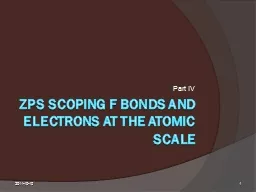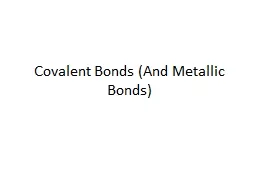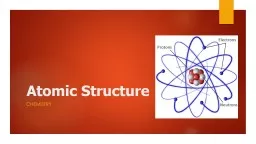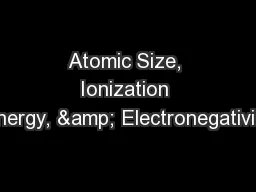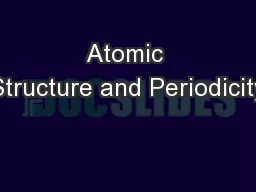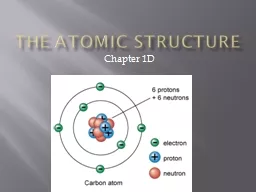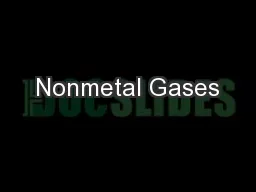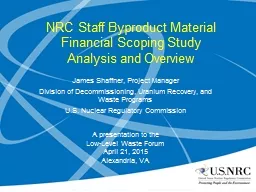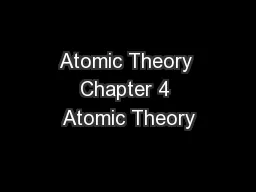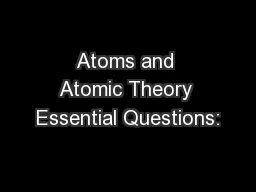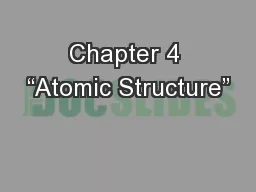PPT-2011-10-10 1 ZPS scoping f bonds and electrons at the atomic scale
Author : pamella-moone | Published Date : 2018-11-06
Part IV 41 Challenge GNR edge and Graphite vacancy Dirac fermions Ugeda et al PRL2010 Enoki et al Int Rev Phys Chem 2007 20111010 2 c e 20111010 3 A Baraldiet
Presentation Embed Code
Download Presentation
Download Presentation The PPT/PDF document "2011-10-10 1 ZPS scoping f bonds and ele..." is the property of its rightful owner. Permission is granted to download and print the materials on this website for personal, non-commercial use only, and to display it on your personal computer provided you do not modify the materials and that you retain all copyright notices contained in the materials. By downloading content from our website, you accept the terms of this agreement.
2011-10-10 1 ZPS scoping f bonds and electrons at the atomic scale: Transcript
Download Rules Of Document
"2011-10-10 1 ZPS scoping f bonds and electrons at the atomic scale"The content belongs to its owner. You may download and print it for personal use, without modification, and keep all copyright notices. By downloading, you agree to these terms.
Related Documents

